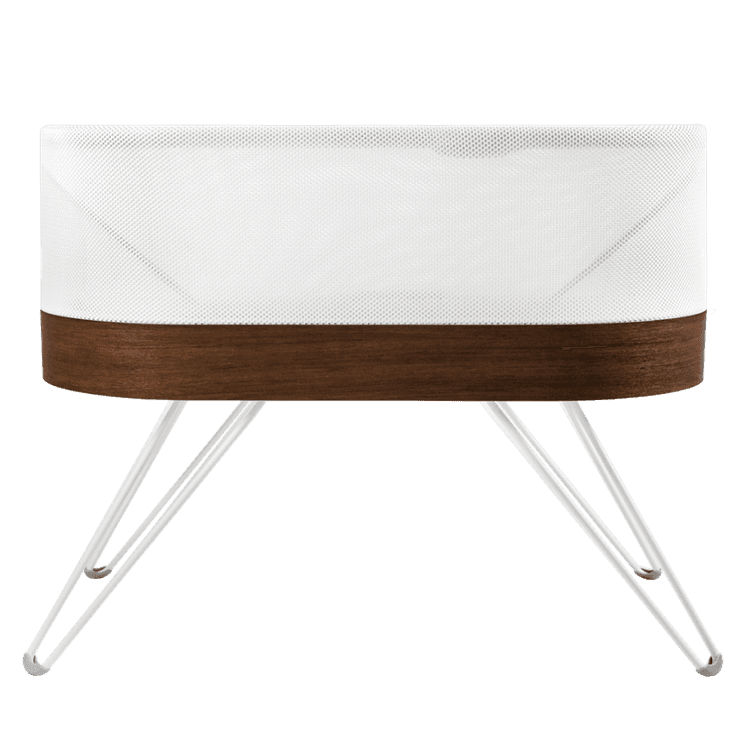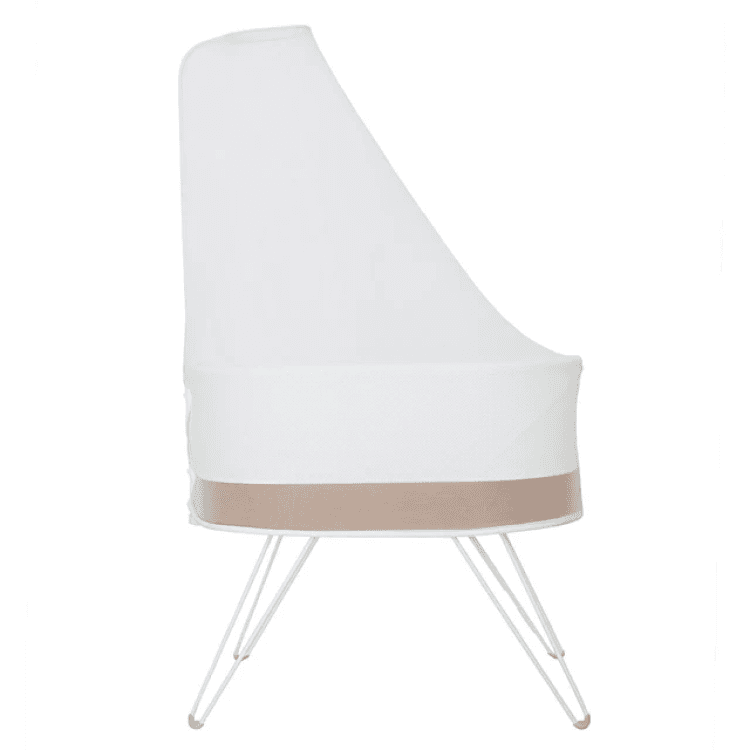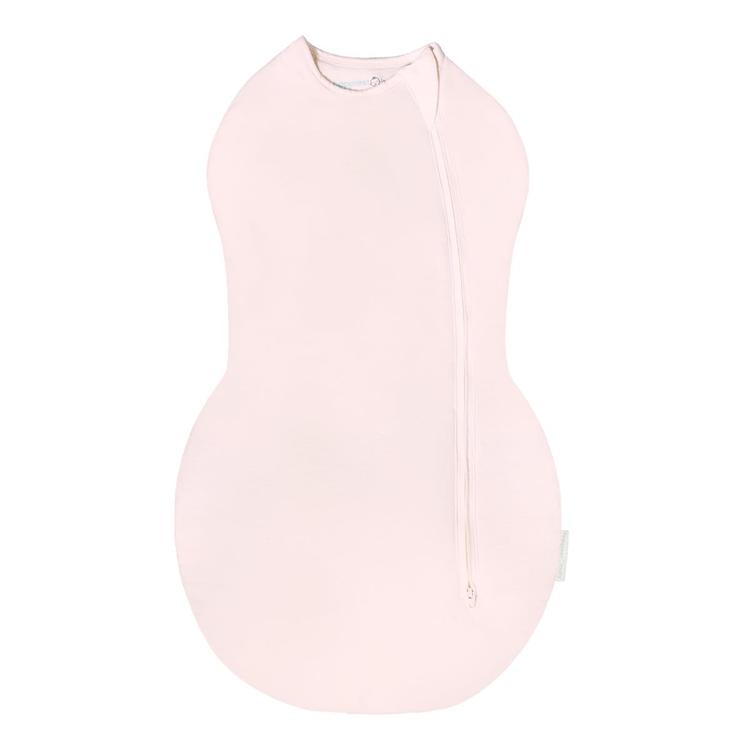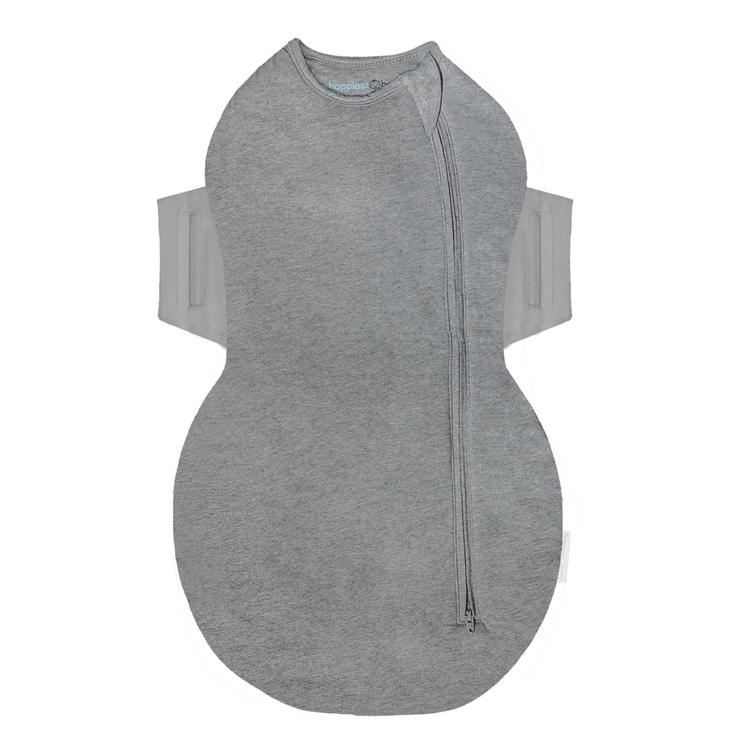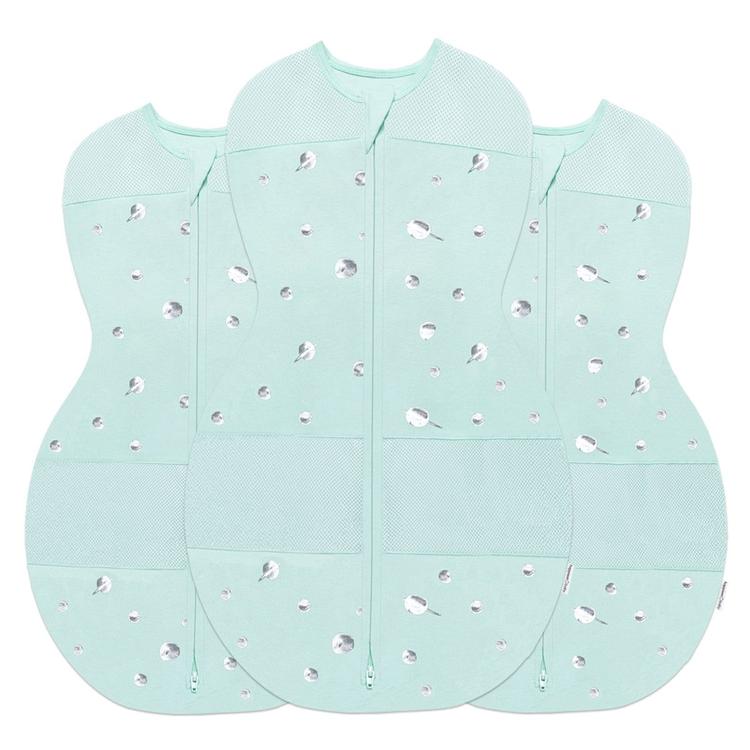Two buzzwords you will hear a lot toward the end of your pregnancy are dilation and effacement. They both refer to changes in your cervix—the thumb-long neck of the uterus that anchors the uterus into the ceiling of the vagina. During pregnancy, the cervix acts as sort of bottle-stopper, keeping your baby snug in the uterus and protecting them from bacteria. As your pregnancy concludes, the cervix goes through changes that enable you to push that baby out.
What is dilation and what does it mean?
Before pregnancy, your cervix is typically about three centimetres long, donut-shaped, and very firm. During pregnancy it gradually softens, shortens, and opens to prepare for birth. Dilation refers specifically to the opening of the cervix, which is measured in centimetres.
Occasionally, the cervix starts to dilate during the last months of pregnancy. This is called an incompetent cervix (it is not competently keeping a firm, closed floor under the baby). This is a pretty serious problem because it may cause your water to break too soon and trigger premature labour. If your healthcare provider/midwife detects early dilation, they will probably describe it as being open a fingertip or even 1 centimetre. At that point, they may recommend tying a string around the cervix—to keep it from opening up any further (this is called doing a cerclage). After the cerclage, you can gradually resume normal (non-strenuous) activity, but your healthcare provider will recommend you avoid sexual penetration for the rest of the pregnancy.
During early labour, your nurse will keep track of your cervix dilation, from closed to fingertip then from gradually increasing to 3 centimetres (the size of a strawberry). With active labour, each contraction pulls the cervix open a little more as it dilates to about 7 centimetres (the size of an apple). Finally, during transitional labour—the most intense but also the most rapid phase of labour—you dilate to 10 centimetres (the size of a small cantaloupe) and are ready to give birth.
How will I know when I am dilating?
During the ninth month, your practitioner may give you internal exams to check your cervix. You may hear the exciting news that your cervix has begun to dilate—say, a centimetre—but that does not necessarily mean birth is imminent. For some, dilation is a slow process that takes weeks. For others, it happens rapidly leading up to the birth.
One clue that you are dilating is the loss of your mucus plug, a thick glob of mucus that seals the cervix during pregnancy. As your cervix widens, the plug simply falls out. This could happen a few weeks to a few days before giving birth, though not every pregnant person notices when it happens.
What is effacement and how is it measured?
Effacement refers to the thinning and softening of the cervix. As it dilates, the cervix goes from being a thick tube of muscle, to getting thinner and thinner, like dough under a rolling pin. Each contraction pulls the cervix a little thinner. Effacement is measured in percentages, as in, 60% effaced…40% to go…and so on. When you are 100% effaced…you are ready to give birth!
How will I know when I am effaced?
Your practitioner will examine you, either manually or by transvaginal ultrasound. Like dilation, effacement can begin a few weeks before delivery. First-time mothers often efface before dilating, while second-time mums may dilate before they are effaced.
A sign of effacement is the bloody show. This is another glob of mucous, but this time it is tinged with a little bit of blood mixed caused by the normal leaking of some tiny blood vessels in the cervix as it thins and softens. This usually occurs within days of giving birth.
Some pregnant people will also have bouts of 'lightning crotch,' a sharp pelvic pain that may be caused by pressure from the baby’s head on the cervix. It can be uncomfortable but at least it is a sign that the whole thing is moving in the right direction.
Although dilation and effacement are separate processes, they work in tandem. Both must be complete to deliver your baby. As dilation and effacement intensify, so will contractions. When you are 10 centimetres dilated and 100% effaced, it is go-time!


